#ray kappe
Explore tagged Tumblr posts
Text
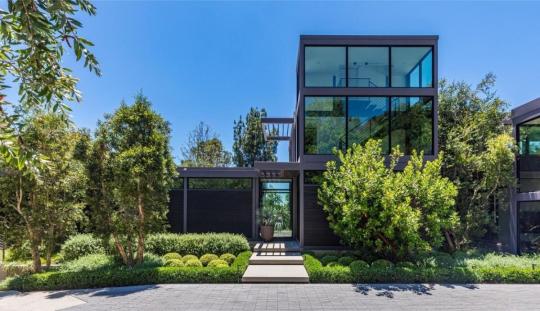


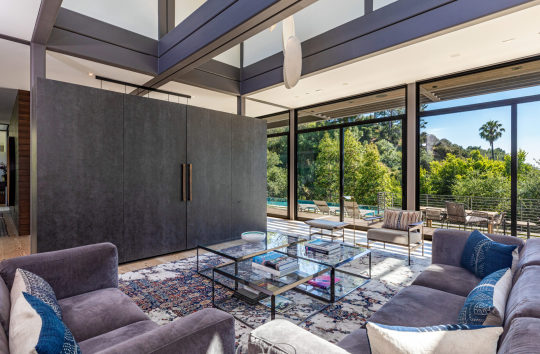
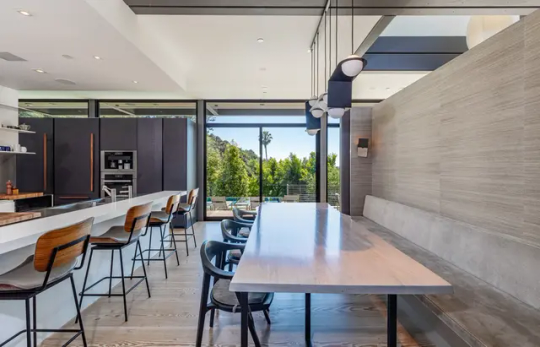
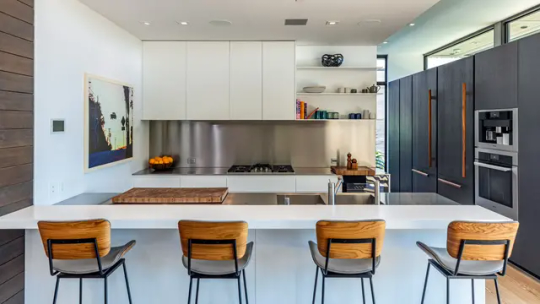
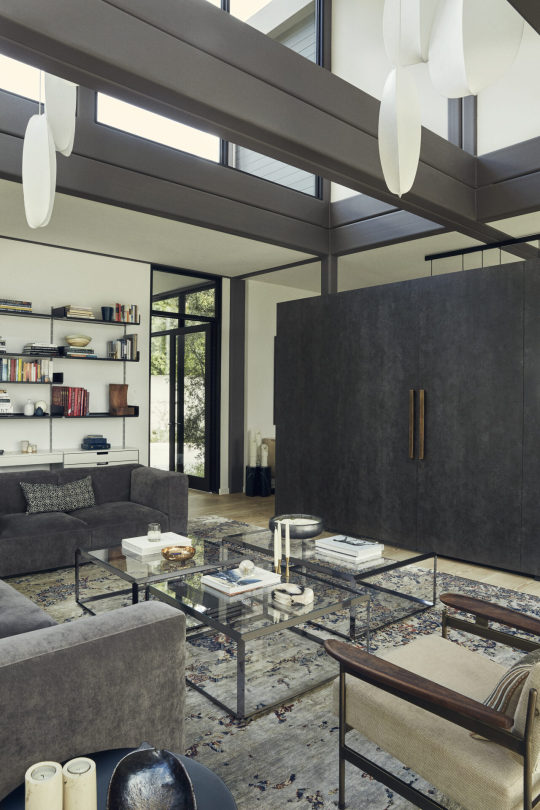
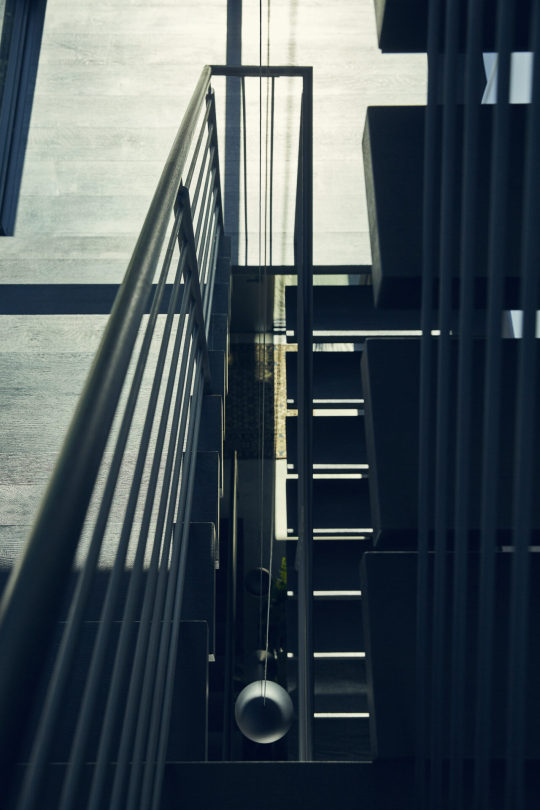
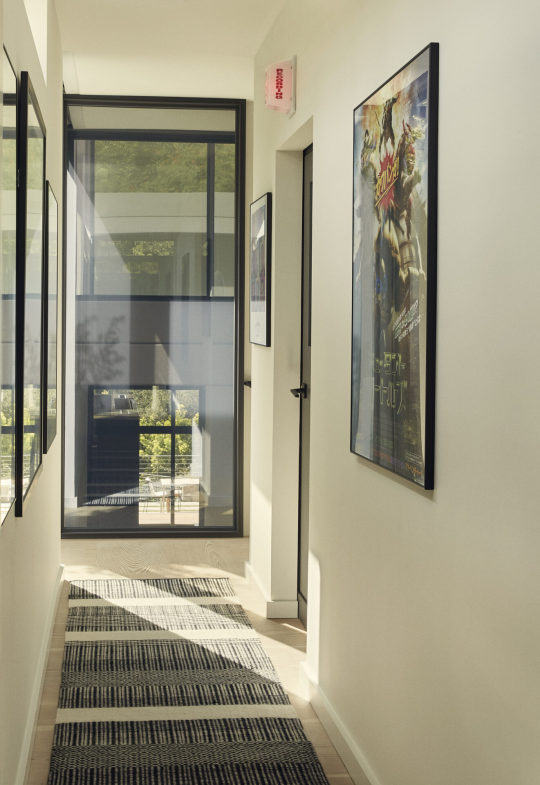
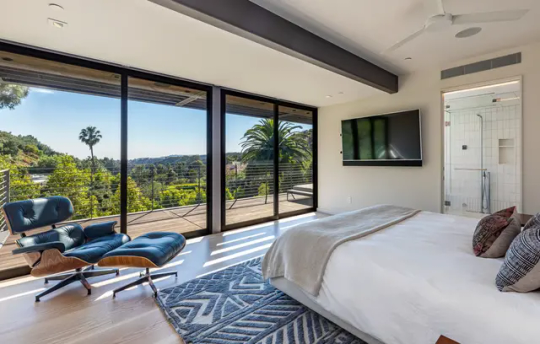
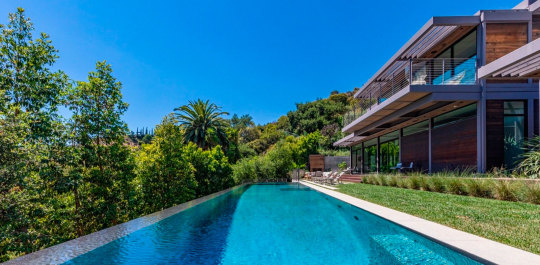

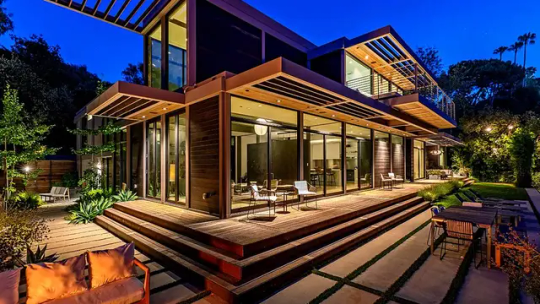
Cherokee Residence, Beverlu Hills, Los Angeles, California,
Ready Made Architects,
Collaborated with LivingHomes as Project Design Coordinator and Interior Architect
#will arnett#art#design#architecture#interior#interiors#luxury house#luxury home#prefab house#cherokee#livinghomes#hybrid-prefab#ray kappe#RK2#readymade
91 notes
·
View notes
Text
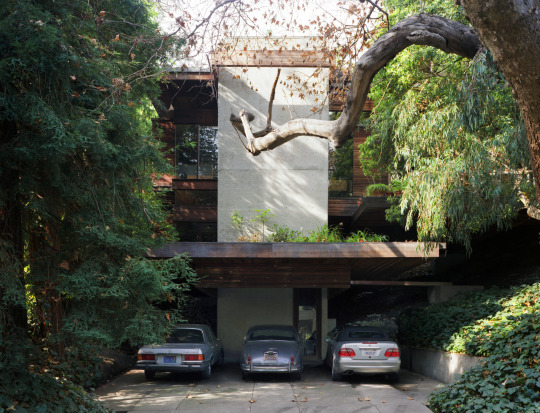




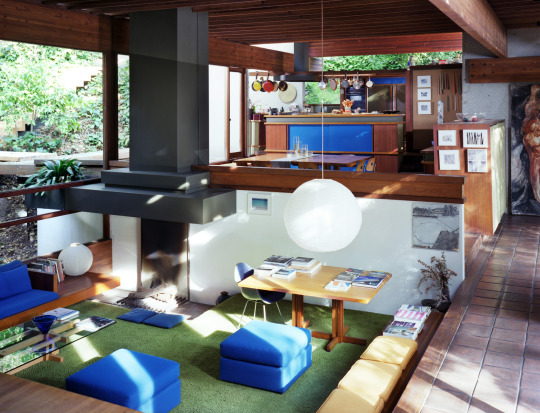
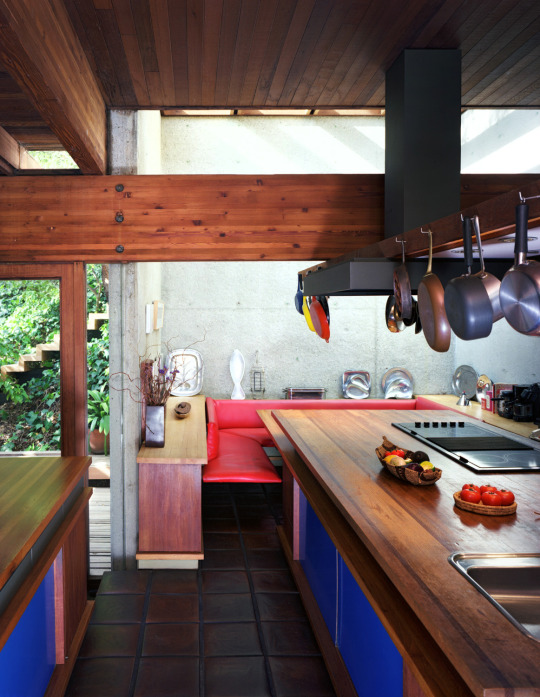




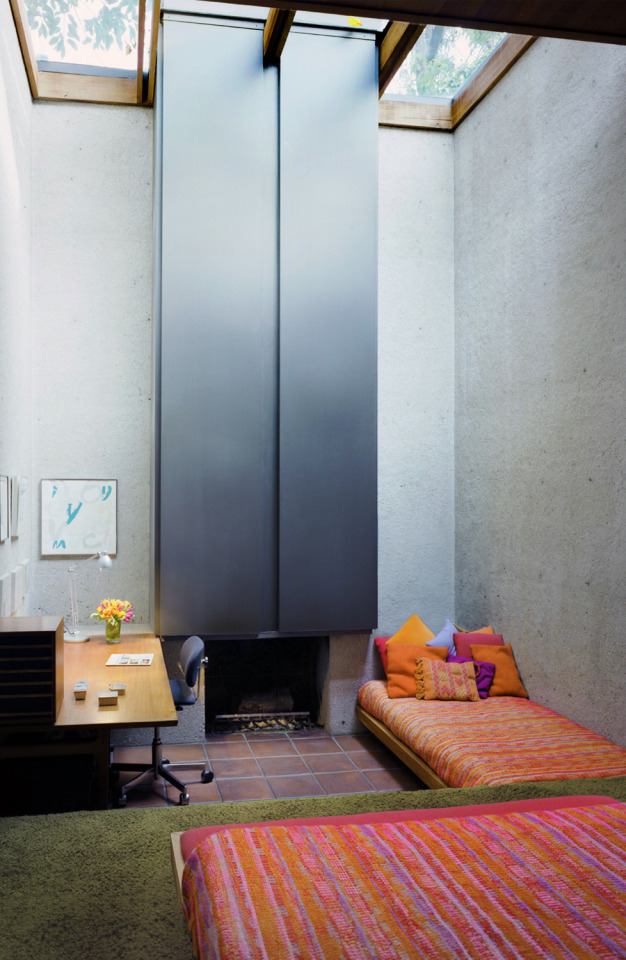
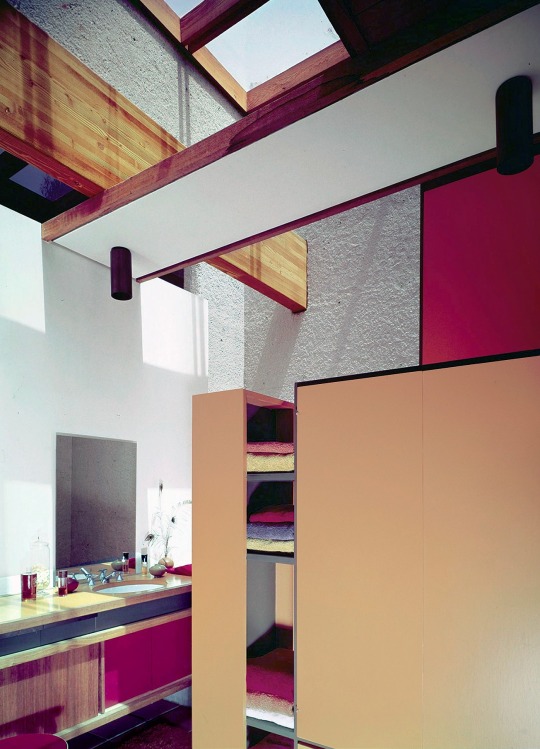

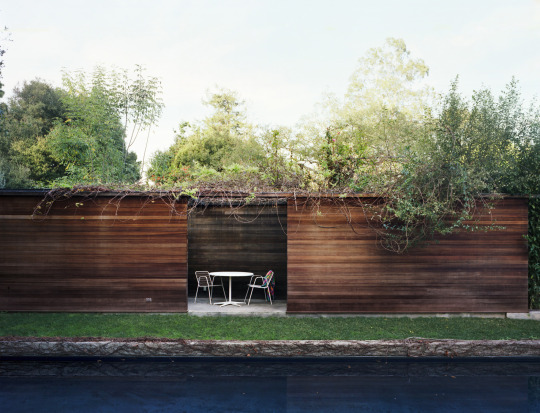
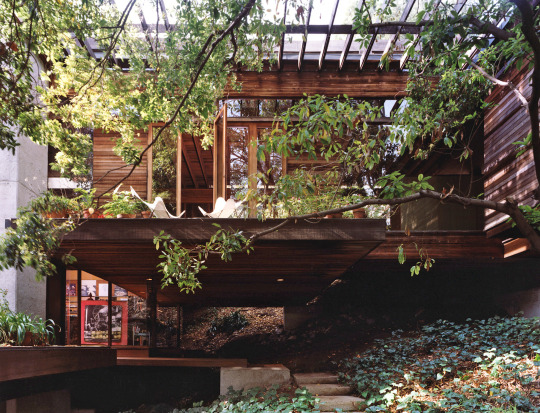
La maison Shelly & Ray Kappe Située à Pacific Palisades, en Californie a été conçue par Kappe comme sa propre résidence en 1967. Photo = Jason Schmidt. - source MCM Daily.
114 notes
·
View notes
Text
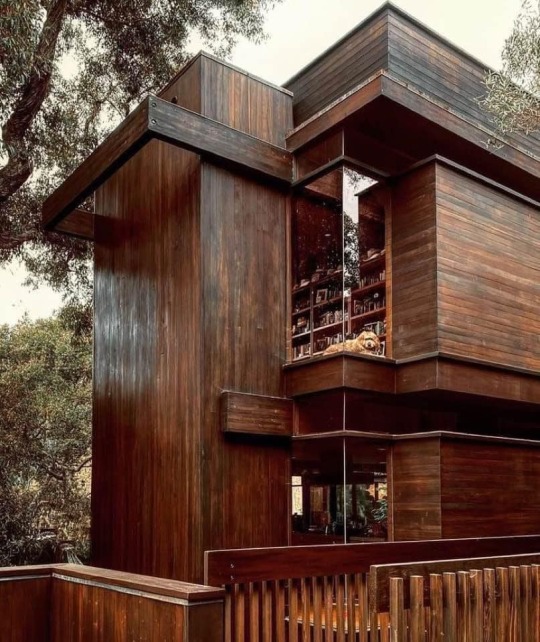
Gertler House by Ray Kappe
1970
23 notes
·
View notes
Text

1969 Viking - Packer game. This game was held at Memorial Stadium on the University of MN campus. The Twins were using the Met for a playoff series against the Orioles the next day. In the photo, Dave Osborn #41 has just scored a 2nd quarter touchdown to put the Vikings ahead 13-0. The Vikings won the game 19-7. In the photo you see Tight End #89 Kent Kramer, Offensive Guard #64 Milt Sunde and #11 quarterback Joe Kapp walking off the field. #66 for the Packers is Ray Nitschke.
4 notes
·
View notes
Text
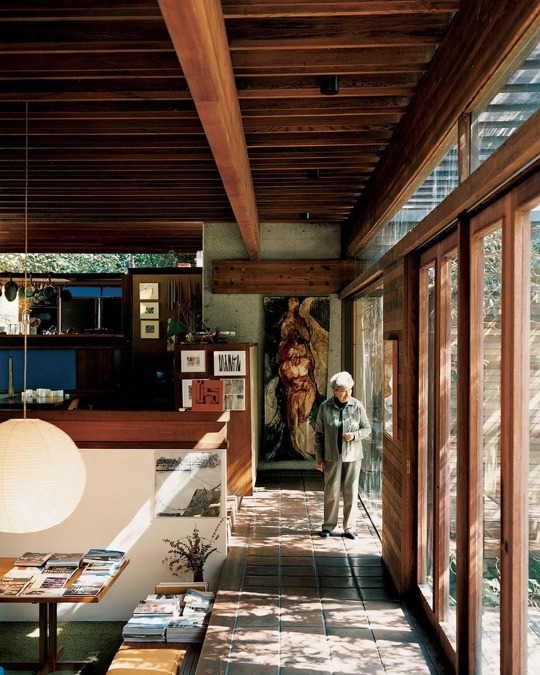

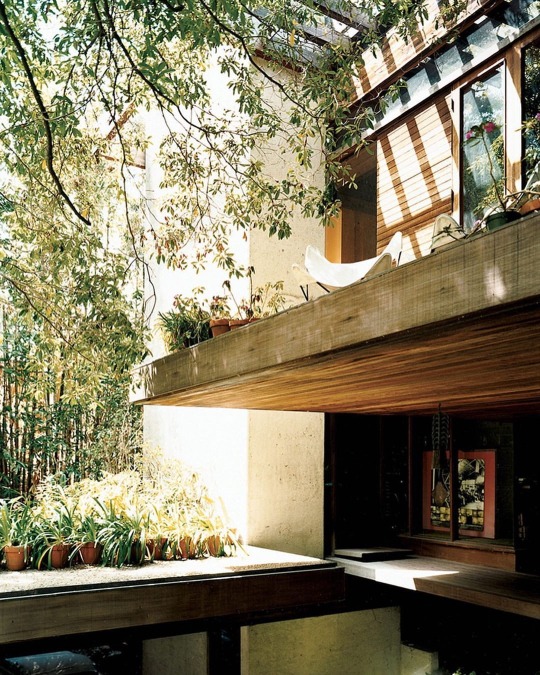
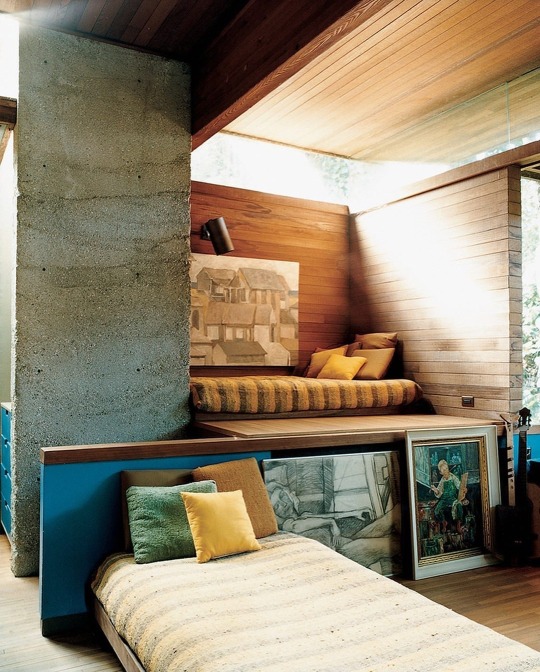
The home of architect Ray Kappe.
908 notes
·
View notes
Text
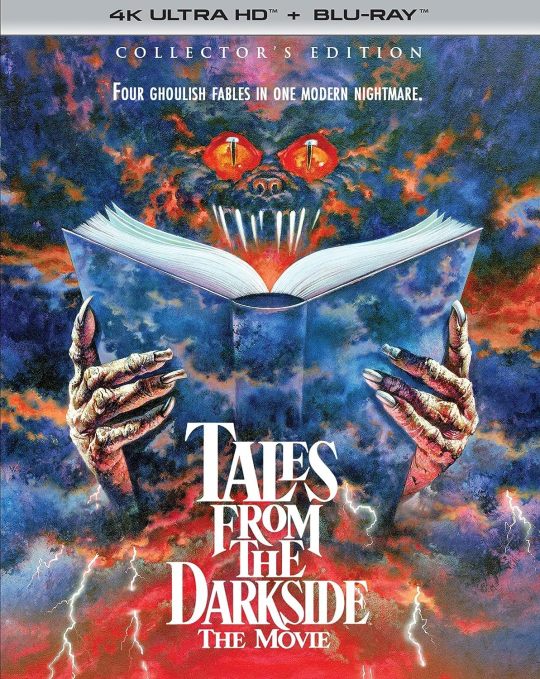
Scream Factory has revealed the specs for its Tales from the Darkside: The Movie 4K Ultra HD + Blu-ray. Based on the TV series of the same name, the 1990 horror anthology will be released on November 28.
John Harrison (Dune) directs from a script by George A. Romero (Night of the Living Dead) and Michael McDowell (Beetlejuice), including adaptations of Stephen King and Arthur Conan Doyle. Debbie Harry, Christian Slater, David Johansen, William Hickey, James Remar, Rae Dawn Chong, and Matthew Lawrence star.
Tales from the Darkside: The Movie has been newly scanned in 4K from the original camera negative. It's presented with Dolby Vision as well as DTS-HD Master Audio 5.1 and 2.0 audio. Special features are listed below.
Disc 1 - 4K UHD:
Audio commentary by director John Harrison and co-writer George A. Romero
Audio commentary by co-producer David R. Kappes
Audio commentary by film critics Emily Higgins and Billy Dunham (new)
Disc 2 - Blu-ray:
Audio commentary by director John Harrison and co-writer George A. Romero
Audio commentary by co-producer David R. Kappes
Audio commentary by film critics Emily Higgins and Billy Dunham (new)
Tales Behind the Darkside – Feature-length documentary with director John Harrison, actors James Remar and Rae Dawn Chong, producer Mitchell Galin, director of photography Robert Draper, production designer Ruth Ammon, special effects artists Robert Kurtzman, Greg Nicotero, and Howard Berger, creature performer Michael Deak, and editor Harry B. Miller
Behind-the-scenes footage
Theatrical trailer
TV spots
Radio spots
Behind-the-scenes gallery
Stills gallery
To keep from being eaten by a modern-day witch (Deborah Harry), a young paperboy weaves three twisted stories to distract her. In “Lot 249,” a vengeful college student (Steve Buscemi) resuscitates an evil mummy to teach unsuspecting student bodies (Julianne Moore, Christian Slater) a lesson in terror. Then, “Cat From Hell” is a furry black feline who cannot be killed… he may have nine lives, but those who cross his path are not so lucky. Finally, in “Lover’s Vow,” a stone gargoyle comes to life to commit murder.
Pre-order Tales from the Darkside: The Movie.
#tales from the darkside#george romero#george a. romero#geroge a romero#stephen king#horror#90s horror#1990s horror#scream factory#dvd#gift#debbie harry#christian slater#rae dawn chong#matthew lawrence
46 notes
·
View notes
Text
More Important Buildings Lost in the January 2025 Southern California Wildfires
On January 20, 2025 we posted a list of 10 Significant Buildings Lost in the 2025 Los Angeles Wildfires. Sadly, the buildings listed below were also lost:
The Robert Bridges House (c. 1990's) by Robert Bridges
The Keeler House (1991) by Ray Kappe
The Andrew McNally House by Frederick L Roehrig
The Zane Grey Estate (1907) by Myron Hunt and Elmer Grey
The Henry S. Rowen House (1957) by Josef Van der Kar
Gregory Ain’s Park Planned Homes (c. 1940s)
Pasadena Jewish Temple and Center
Topanga Ranch Motel (1929), a popular film location
While the Pasadena Playhouse built by Elmer Grey, John Cyril Bennett, A. Dwight Gibbs, Cyril Bennett in 1924 did not burn down, it did suffer significant damage causing the cancellation of several theatre productions.
For details on these structures see Min Chen's post on artnet.com.

Ray Kappe, The Keeler House (1991). Pasadena, CA. Destroyed January 2025. Image source.
2 notes
·
View notes
Text
Birthdays 3.19
Beer Birthdays
Joseph Schaller (1812)
Edward Fitzgerald (1820)
Benedict Haberle (1824)
Ray Deter (1957)
Five Favorite Birthdays
William Bradford; Plymouth Colony governor (1590)
Patrick McGoohan; actor (1928)
Phillip Roth; writer (1933)
Earl Warren; Chief Justice US Supreme Court (1891)
Bruce Willis; actor (1955)
Famous Birthdays
Ursula Andress; actor (1936)
Tige Andrews; actor (1923)
Richie Ashburn; Philadelphia Phillies CF (1927)
Paul Atkinson; rock guitarist (1946)
Nadja Auermann; model (1971)
William Jennings Bryan; politician, lawyer (1860)
Richard Burton; English writer, explorer (1821)
Glenn Close; actor (1947)
Ornette Coleman; jazz saxophonist (1930)
Tommy Cooper; Welsh comedian (1921)
Georges de la Tour; artist (1593)
Wyatt Earp; wild west marshall (1848)
Terry Hall; rock singer (1959)
Bill Henderson; jazz singer (1930)
Clarence "Frogman" Henry; singer (1937)
Vivian Hsu; Chinese actor, singer, model (1975)
Frederic Joliot; French physicist (1900)
Joe Kapp; Minnesota Vikings QB (1939)
Neil LaBute; playwright, film director (1963)
David Livingstone; Scottish explorer, "I presume" (1873)
Moms Mabley; comedian (1894)
Thomas McKean; signer of the Declaration of Independence (1734)
Patricia Morrison; actor, musician (1914)
Andy Reid; Philadelphia Eagles coach (1958)
Charles Russell; artist (1864)
Albert Pinkham Ryder; artist (1847)
Tobias Smollett; Scottish writer (1721)
Richard Williams; animator (1933)
Ricky Wilson; rock guitarist (1953)
2 notes
·
View notes
Text
VIBE
maxi dresses
marshmallow rose iced lattes
thrill-seeking
reptiles
slashers
satin robes
thai food
acid jazz
ray kappe
lazy rivers
boy with rats tails
vintage fur coats
tiki bars
19 notes
·
View notes
Text




Off Market Sale/Just Sold: The Gordon & Hildred Goetschel House, Ray Kappe FAIA (1954). Almost exactly one year after missing it the first time around, our client got a second chance at the one that got away. Kappe's first single family residence, and the start of a pioneering and influential career that would span nearly 7 decades. A big thanks to @mattadamo_la for helping us put this one together prior to market. With @joeykiralla ✨📷 by @miccck #raykappe #habhouse
6 notes
·
View notes
Link
0 notes
Photo

When it first dawned on me that parts of the city I live in were being devoured by flames, the shot of cortisol running through my veins quickly clarified priorities. First, I considered the safety of humans and other living creatures—myself, my kin, but also the strangers I feel bound to by proximity. As I was without power and on the edge of a red flag zone in Los Feliz, I began to think about my home, an accumulation of all my possessions, the stuff that taken together informs my identity, lore, and sense of place in the world. I shuffled around my dark house with a lantern recording a video of all my belongings because an Instagram story I saw said I would need it to fight with the insurance company about what I really owned. (I forgot that, like many others, my renter’s policy was cancelled when I moved to a new place in July; they’d "placed a temporary pause on any new fire insurance.") It dawned on me that the loss of a home is so much bigger than the things themselves; what of the experiences, the life, that happened within the walls? Even if they could be resurrected, they wouldn’t contain things like pencil marks that track your kids’ growth, or the little red wine stain from an out of control New Year’s party you never got around to painting over. In the case of the ongoing wildfires in Los Angeles, which have already killed at least 24 people, ravaged 40,000 acres, and destroyed over 12,300 structures, at least 12,000 people have lost their homes. Many are still living in immeasurable catastrophe; most haven’t even been allowed back to assess the damage, as the fires are only partially contained. You’re lucky if you were one of the 150,000 Los Angelenos who were ordered to evacuate or just stand by with a Go Bag, possibly without power, only to stay home or be able to return the next day. The new normal has become jumping into direct action, donating to GoFundMes, and incessantly refreshing the Watch Duty app to ensure my safety. While sick over the devastation that many friends are experiencing, another kind of grief has emerged—one for the neighborhoods, parks, and historical landmarks that inform the culture of this city. Much has already been reported about how the fires have taken iconic architecture like Richard Neutra’s Freedman House, the Keeler House by Ray Kappe, the Andrew McNally House, and the Topanga Ranch Motel; the latter was one of the last examples of a bungalow motel in the state. It’s easy to forget that buildings are given historical designation as not just an acknowledgement of their significance to the past, but what their preservation has to offer the future. These were time capsules of our history, the unique and influential way California does architecture—demonstrating the boundary-pushing design that has always been an engine of inspiration for the rest of the country. (It’s no surprise that in October of last year, Los Angeles was the chosen host for Dwell’s Open House Tours.) This destruction is a hard pill to swallow in a relatively young city where historical preservation is difficult and politicized. The Palisades Fire took the Will Rogers Ranch House in the Santa Monica Mountains, part of a historic state park. It was built in 1945 by the beloved Hollywood actor.Some of these houses were beautiful structures for people to gawk at and maybe tour, but many were meaningful third spaces. The Will Rodgers Ranch House hosted a surf camp for kids, movie nights, and family swing dances. The Pasadena and Pierson Playhouses were both architectural marvels, but more importantly, had been cultivating community theater for the better part of a century. The Pasadena Waldorf School—which was on the National Register of Historic Places for its inventive design by McAnulty + von Sydow Architecture—had been educating children since it was completed in the 1970s. The Theosophical Society in Altadena, dedicated to "uplifting society" and "promoting brotherhood" in a nonpolitical way, featured over 40,000 rare books, documents, and artifacts—and a place to read them—that are now gone. I could keep going, but in some ways, isolating specific structures fails to truly capture the scale of the damage. Zooming out from the "noteworthy" buildings, we wrestle with the loss of entire neighborhoods. Altadena, which during the Civil Rights Era became a haven for black and brown people who were previously victim to redlining, also has an architectural heritage that can’t be recreated. The community in the foothills of the San Gabriel Mountains was known for its craftsman-style homes built between 1905 and 1930, thatched shingled bungalows with gable roofs and built-in cabinetry that put an emphasis on, well, craftsmanship. The craftsman movement was born in 19th-century England as a response to the mass production and shoddy quality brought on by the Industrial Revolution; aesthetics aside, it’s hard to imagine that anything like them could be rebuilt now, given the cost of building. The neighborhood’s Park Planned development, built in 1946 by Gregory Ain with landscape architect Garrett Eckbo, was an innovative affordable housing project and one the country’s first modernist developments. The 28 tract homes, of which only a handful remain, hark back to a time when living in beautiful architecture surrounded by nature was not just a privilege of the uber-rich. They—along with the craftsman-style homes, and their many elderly owners—remind us of a time before Los Angeles was out-of-reach, when the city actually worked for the working class. And that’s to say nothing of what isn’t considered capital "A" Architecture. What could be the costliest wildfire in our country’s history took places of worship, galleries, pizza places, hardware stores, coffee shops, bars. People rag on Los Angeles for its lack of public space, but perhaps this is why where we choose to gather feels so important. On the annihilated waterfront stretch of the Pacific Coast Highway in Malibu once sat local haunts (and tourist attractions) that were emblematic of a Los Angeles Americana that’s quickly becoming lost to time. The Reel Inn: surfboards hanging from the ceiling, twinkle lights, checkered table clothes on weathered wood tables; the tiki-inspired patio overlooking the ocean at Moonshadows; Cholada Thai’s humble baby blue surf shack and groovy signage. The Topanga Motel built by William Randolph Hearst in 1929 to house workers building the Pacific Coast Highway was one of the last examples of a bungalow motel in the state.My mind keeps returning to one day eight years ago, when my mother came to visit and I took her up the coast for both of us to really experience Malibu up close for the first time. I am from San Francisco, but I’d never seen anything quite like this. My mouth was agape at the coastline—an almost terrifying natural beauty punctuated by a random assortment of development: a gaudy beige ’80s mansion next to a dark midcentury cabin next to a contemporary glass box. (This is the same area where Nobu is across the street from McDonald’s). On that drive, it clicked for me: Los Angeles is called the "city of dreams" because of how many different people come here chasing their own particular one. For better or worse, there are all kinds of manifestations of the American dream in L.A.—and you can see that in its built environment.Frank Lloyd Wright once said: "Tip the world over on its side and everything loose will land in Los Angeles." In no other place could a rabbit-obsessed couple run a Bunny Museum featuring 35,000 pieces of bunny paraphernalia for over 30 years. (RIP, for now.) It’s no wonder I spend so much time wandering my neighborhood and wondering what eccentric lives in each home. Today, the air quality was good enough to resume my practice, but that curious exercise is now an excruciating one.Beyond meeting our basic human needs, "home" is an isolated place where we get to express our unique point of view. But we don’t often acknowledge how our personal world-building impacts each other’s landscapes, or a whole city. Even if you aren’t close friends with the people on your block, that one guy’s house on the corner is a signal to turn right on your way back from work; the family of four’s Christmas lights are a reminder that the holiday season must be coming soon. It doesn’t matter if you live in a maximalist bungalow, a white box, or an old prewar building: climate change has us contending with the human impulse to make beauty, and in our current moment, the pain of learning it’s not permanent—for us or our neighbors. Source link
0 notes





